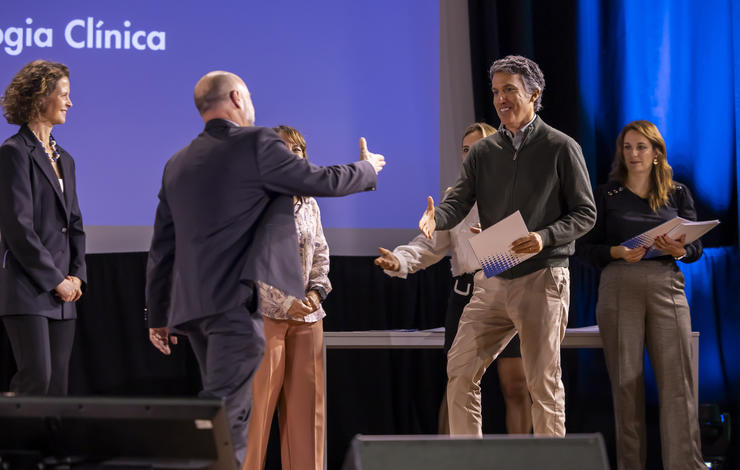- Alunos
- Pessoas
- Antigos alunos
- DEC@Escolas
- Notícias
- Ensino
- Mestrado Integrado em Engenharia Civil
- Licenciatura em Engenharia Civil
- Mestrado em Engenharia Civil
- Mestrado em Engenharia Civil - Estruturas e Geotecnia
- Mestrado em Reabilitação de Edifícios
- Mestrado em Tecnologia de Fachadas
- Doutoramento em Engenharia Civil
- Diploma de Estudos Pós-Graduados em Construção e Reabilitação Sustentável
- Diploma de Estudos Pós-Graduados em Reabilitação de Infraestruturas Ferroviárias
- Comissões Pedagógicas
- Comissões Científicas
- Marcação das salas 4.17 e 4.22 do Ed.IX
- Departamento
- Software
- Investigação
- Publicações
- Projetos de Investigação
- BIO FIBRE
- Back2Future
- CROSSIDEAS
- Cost FP1303
- Cost TU1403
- DUST
- FLAT
- GBT
- HO.R.M.AS
- HOLLOSSTAB
- HiCON
- HiHTC
- MoreWood
- NANOGUARD2AR
- PIRATE
- PRE-SHELL
- PRECASEISMIC
- PTDC/EME-PME/67658/2006
- SARCOS
- SLAB STRESS
- SMARTRACK
- SUDOKET
- SUPERB
- SUSTIMS
- Smart Composites
- SouthZEB
- i2MHB
- BIO-MET
- Brasil, Moçambique, Portugal: escopo para uma norma de argamassa de terra para revestimento em países lusófonos
- DB-HERITAGE
- ECO_RORAIL
- EXPL/ECM-COM/0928/2012
- Eco+RCEB
- Estudo de viabilidade geração automática de malhas estruturais e efeitos das explosões
- I4SC - Innovations for Sustainable Construction
- INDEED
- LILY
- PROTEDES
- Próxima Geração de Estruturas de Aço Enformados a Frio: Aços Avançados de Alta Resistência
- RecycleSlab
- Research on high speed railway ballastless track fastening system damage detection with the machine learning approach
- SMART
- StaSteFi
- Terra-Cycle
- WGB_Shield
- CERIS NOVA
- Apoio à Conservação do Património Histórico
- PNRC 2005
- Eventos@DEC
MENU
- Alunos
- Pessoas
- Antigos alunos
- DEC@Escolas
- Notícias
- Ensino
- Mestrado Integrado em Engenharia Civil
- Licenciatura em Engenharia Civil
- Mestrado em Engenharia Civil
- Mestrado em Engenharia Civil - Estruturas e Geotecnia
- Mestrado em Reabilitação de Edifícios
- Mestrado em Tecnologia de Fachadas
- Doutoramento em Engenharia Civil
- Diploma de Estudos Pós-Graduados em Construção e Reabilitação Sustentável
- Diploma de Estudos Pós-Graduados em Reabilitação de Infraestruturas Ferroviárias
- Comissões Pedagógicas
- Comissões Científicas
- Marcação das salas 4.17 e 4.22 do Ed.IX
- Departamento
- Software
- Investigação
- Publicações
- Projetos de Investigação
- BIO FIBRE
- Back2Future
- CROSSIDEAS
- Cost FP1303
- Cost TU1403
- DUST
- FLAT
- GBT
- HO.R.M.AS
- HOLLOSSTAB
- HiCON
- HiHTC
- MoreWood
- NANOGUARD2AR
- PIRATE
- PRE-SHELL
- PRECASEISMIC
- PTDC/EME-PME/67658/2006
- SARCOS
- SLAB STRESS
- SMARTRACK
- SUDOKET
- SUPERB
- SUSTIMS
- Smart Composites
- SouthZEB
- i2MHB
- BIO-MET
- Brasil, Moçambique, Portugal: escopo para uma norma de argamassa de terra para revestimento em países lusófonos
- DB-HERITAGE
- ECO_RORAIL
- EXPL/ECM-COM/0928/2012
- Eco+RCEB
- Estudo de viabilidade geração automática de malhas estruturais e efeitos das explosões
- I4SC - Innovations for Sustainable Construction
- INDEED
- LILY
- PROTEDES
- Próxima Geração de Estruturas de Aço Enformados a Frio: Aços Avançados de Alta Resistência
- RecycleSlab
- Research on high speed railway ballastless track fastening system damage detection with the machine learning approach
- SMART
- StaSteFi
- Terra-Cycle
- WGB_Shield
- CERIS NOVA
- Apoio à Conservação do Património Histórico
- PNRC 2005
- Eventos@DEC



